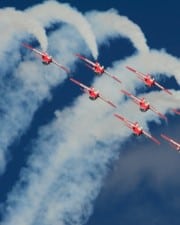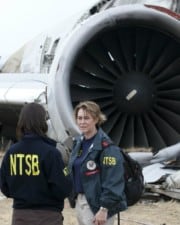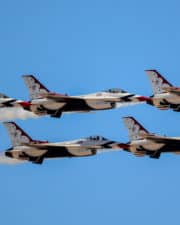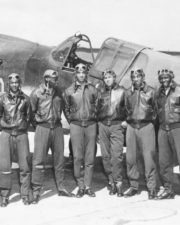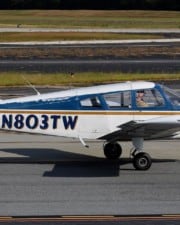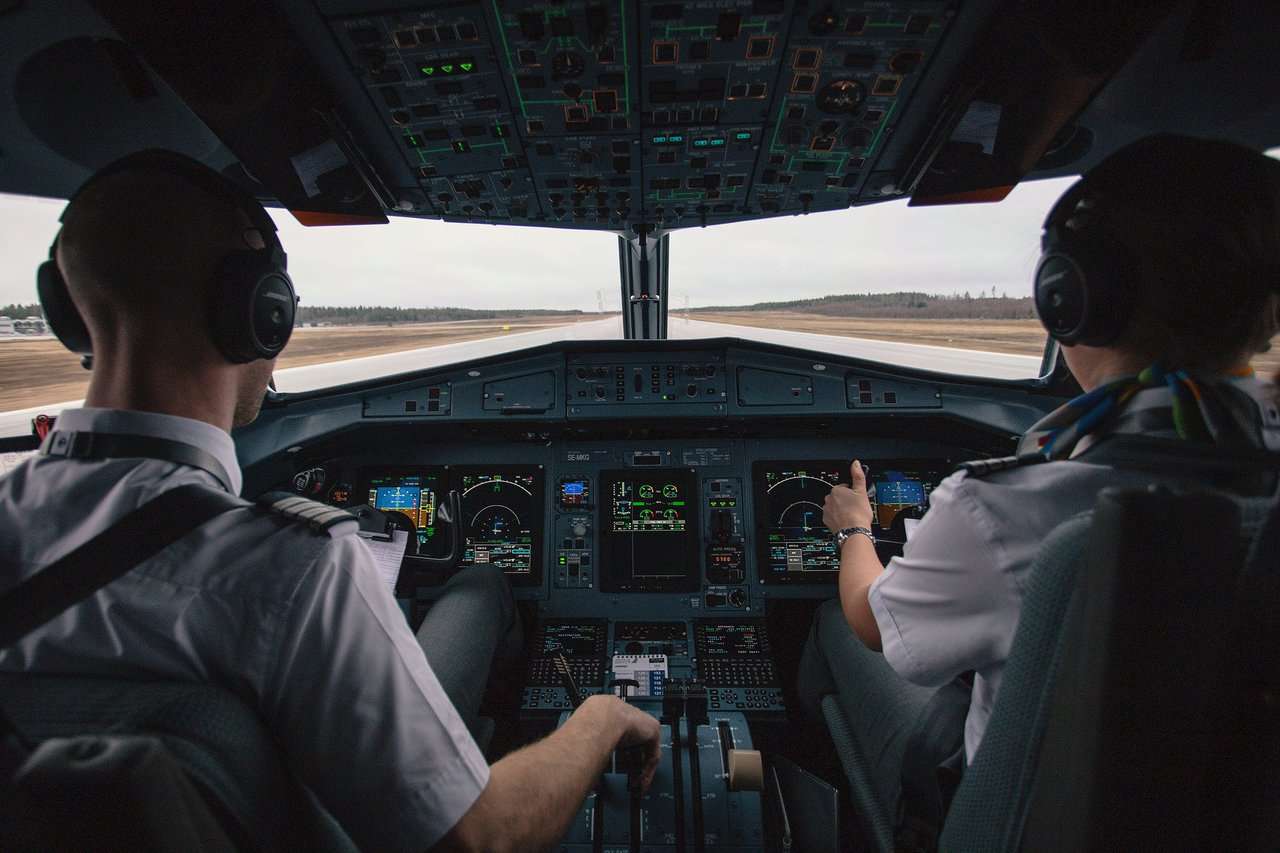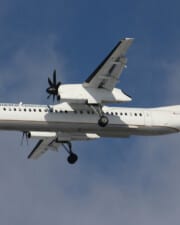Being a smokejumper is a tough and unique job that only very few people are able to do. There are currently about 400 smokejumpers in the US alone as it is a job that comes with a lot of resilience, mental and physical strength, and solid devotion to protecting forests.
Table of Contents
Smokejumpers are practically firefighters who skydive near raging wildfires to prevent them from getting any bigger and creating more damage.
For the few smokejumpers that there are, it is more than just a job for them, it is a lifestyle, one that takes hard work but is highly rewarding once the work is done.
So, what does it take to be a smokejumper? Let’s jump into all there is to know about smokejumpers and all the ins and outs it takes to be one.
The History of Smokejumping
The idea of smokejumping has only been around since 1934 after T.V. Pearson, a Regional Forester of the Intermountain Region figured out that smoke jumping could be a way to tackle forest fires before they got any worse.
The idea was that if well-trained firefighters could be dropped out of an airplane with parachutes near the fires, they could get on the scene without being tired out to start fighting the fires on the rocky, uneven, and forestry ground.
Pearson’s idea was finally put into practice in 1939 when they tested out his theory as part of The Smokejumper’s Program, they did this for over a year. During this time they experimented with different ways in which this idea would work and slowly put together the most effective program.
On 12 July 1940, the first jump took place. Earl Cooley and Rufus Robinson were the first ones to give it their all and plunge to protect the forest. Throughout that first year, smokejumpers had managed to save just over $27,000 in damages by jumping into nine different wildfires.
What Are The Overall Requirements to be a Smokejumper?
There’s a lot more work that goes into being a smokejumper than just having firefighter qualifications and skills, although both importantly go hand in hand. There are a few requirements that smokejumpers need to have, most of them are physical training tests and the others pertain to their physical body.

Initial Requirements
Smokejumpers need to be 18 years or older, they cannot be less than 5 ft (1.5 m) or more than 6 ft 5 in (1.95 m) tall while barefoot, they need to weigh at least 120 pounds (54 kg), and not more than 210 pounds (95 kg) while undressed, and have great hearing and great eyesight too.
Physical Requirements and Training Tests
Once meeting the above requirements, they need to pass a number of tests. These are:
- The regular firefighters work capacity fitness test. This needs to be passed at the highest level.
- The regular smokejumper physical training test. This will be done on the first day of training and entails running 1.5 miles in under 11 minutes, 7 pull-ups, 25 push-ups, and 45 sit-ups, each with 5-minute breaks in between.
- The gear pack out demonstration. Each trainee has to pack 110 pounds (50 kg) of gear over 3 miles in under one and a half hours. This includes 3 bags that need to be filled with an array of items.
Smokejumpers only make up 3% of US firefighters. All those who apply to become a smokejumper and actually get accepted are only the best of the best.
What Can One Expect Once Accepted to be a Smokejumper?
Training
Before getting onto an airplane and being dropped down into dangerous conditions, candidates have to complete extensive training sessions. These would include:
- Aircraft exiting procedures
- Parachute malfunction and emergency procedures
- Parachute maneuvering
- Timber letdown procedures
- Parachute and cargo retrieval
- Tree climbing
- Fireline operations and management
This part of the training is vital as it also teaches them how to navigate in the worst kind of conditions they could be presented with. Once they have completed this training over a period of a year, they are ready to get to the real part of the job.
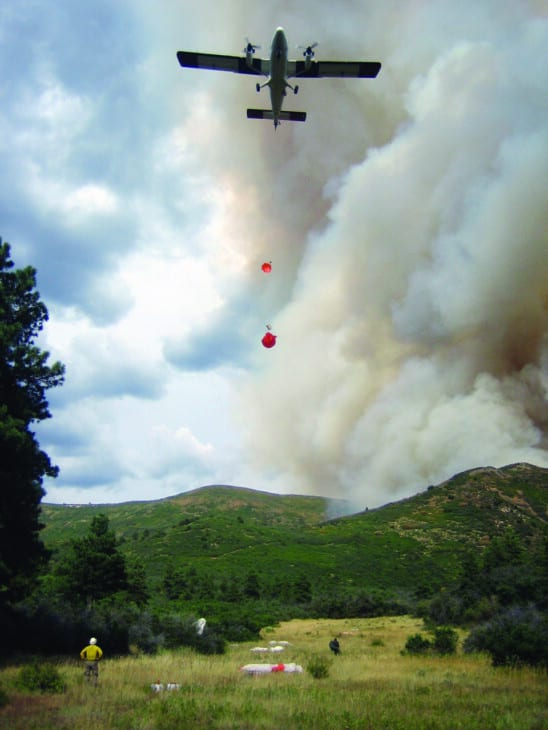
The Real Work
As soon as the alarm sounds the smokejumpers need to get their gear as quickly as possible and get straight onto the airplane where they will then take off and be dropped at a safe jump spot near the wildfire that the spotter designates.
Smokejumpers jump from an altitude of about 3000 ft. This height allows them to safely make the jump near a wildfire. However, sometimes they need to jump from a shorter distance, which could be risky.
Smokejumpers usually jump out of a fixed-wing aircraft. Some of the more recent aircraft that are used include the Casa 212 Aviocar, Dornier 228, Short Sherpa B, De Havilland Canada DHC-6 Twin Otter, and De Havilland Canada Dash 8, amongst a few others.
Smokejumpers must be resilient as they can spend up to 3 days fighting wildfires with just enough food and water to keep them going. This means that smokejumpers need to be more than just people who enjoy nature, they must have a survivalist mentality to make it through the fight.
Unlike normal firefighters who use hydrants or fire trucks, smokejumpers have a different way of controlling a fire. They create a firebreak which entails cutting trees and bushes and digging long trenches along a line where the fire is moving towards.
In order for them to do this, they have a unique tool called a Pulaski, which is basically a two-sided ax with a normal ax blade and an arched blade. This tool helps them create firebreaks as well as cut through bushes and roots.

Outside of fire missions, smokejumpers are also trained to assist with search and rescue operations. As they are already trained to use the parachute equipment they are able to send teams into the forests to extract people to safety.
Search and rescue operations are not only implemented during fire situations but also in other natural disasters such as floods or hurricanes and missing person cases when people go missing in forests. Sometimes they even get to change things up and assist police officials and SWAT teams in hostage incidents.
The Unusual Part of the Job
Once smokejumpers know the ins and outs of the real job, many of them have to learn another skill that would not be expected and that is learning how to sew. Smokejumpers need to not only be prepared to repair parachutes or gear, but they also have to make some of their gear.
Understandably, not all of their gear has to be made by themselves, some of it is manufactured such as the fire-resistant shirts and pants which need to be made from Nomex, a material that burns if on a flame, but stops burning when there is no flame against it.

Smokejumpers sew the padded suits they wear when jumping out of an airplane themselves. These are made from Kevlar, which you’ll also find in bulletproof vests. It gives smokejumpers more protection in the unlikely event of an airplane crash and keeps them protected when hitting the ground after a jump.
What Are The Risks to Smokejumpers?
It is no surprise that smokejumpers are aware of the health hazards that come with the job. It is unfortunately just one of those things that they understand they have to live with as firefighters who protect the forestry.
Some smokejumpers also need to be released from about 1500ft above the ground in unique situations, giving them only 9 seconds to hit land. This is risky because they need to pull their parachute cord as soon as they jump out of the airplane in order to slow down the pace of landing.

Trees are probably the most dangerous part of smoke jumping as smokejumpers have to do their utmost best in avoiding them when landing. If they do end up in a tree then could land up free falling for a few feet, with the potential of hurting themselves badly.
However, smokejumpers are taught that if they do need to land in trees, they need to do it in such a way that the parachute creates a canopy-like hook over the top of the trees so they can use the ropes to maneuver themselves down safely.
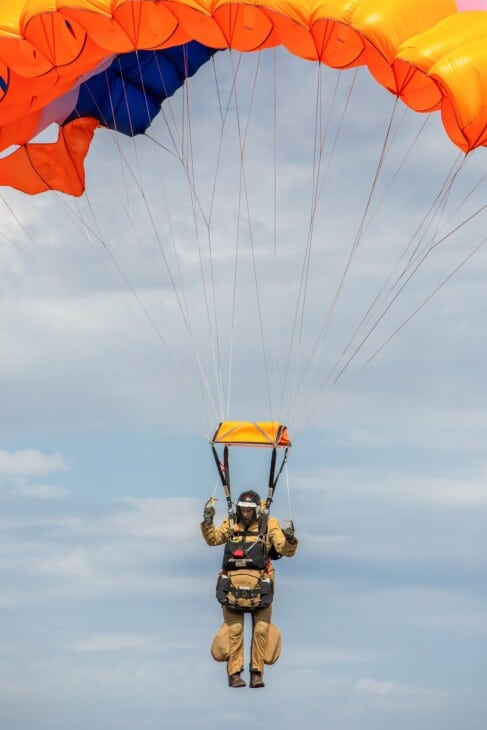
Smokejumpers also do not jump at night as this can be very risky. This would mean that a raging fire would have more time to spread before a team can be deployed as soon as it hits daylight.
Very few smokejumpers get badly hurt or are killed from jumping out of airplanes. The most dangerous part of the job that causes the worst injuries and deaths is the firefighting itself.
What do Smokejumpers Earn?
Smokejumpers get paid on average $31.00 per hour, however, their pay can start from as little as $16.00. It is still not a high-paying job for the amount of risk involved. But because they are only called out for a few months at a time, they make about $65 000 per year.
Depending on the level and experience of each smokejumper, they could earn more. For example, supervisors are paid about $37.00 per hour. On top of their hourly rate, all smokejumpers also get paid 25% of their base salary as danger pay but only when they’re called out to firefight.
What do Smokejumpers do When There Are No Wildfires?
As smokejumpers get called out to a base camp for a few months at a time, they do not always have wildfires that need to be fought. During this time there are a lot of other duties that keep them busy.
While waiting for wildfires, smokejumpers keep a readiness mentality. During the day they make sure the supply boxes are packed, and they do a little bit of firefighting training and a lot of physical training to keep their fitness levels up.

One of the most important duties they do as well during this time is maintenance. This is done on parachute equipment, the tools they use, fleet and facility gear, and any other equipment they or the next crew may need to make use of.
Smokejumpers also assist fire managers who implement controlled fires which are also useful for the restoration and maintenance of forests. These controlled fires also aid in reducing the risks of uncontrollable wildfires.
If the fire season is really quiet, then smokejumpers also help local National Forest and Ranger Districts to maintain fences, trails, and fisheries. They also assist with forest rehabilitation, gathering tree cones, and RAWS maintenance.
Smokejumpers Essentials Toolkit
Smokejumpers need more than just the obvious when it comes to everything they need to have with them when jumping out of that airplane. The supplies they need to jump with weigh over 100 pounds, so let’s see what’s in their supply bag and what they have on their bodies.

Apparel
We have already discussed above how they need to wear protective gear of which some are sewn together by themselves. Before heading into duty smokejumpers need to be wearing the following items for specific reasons.
- Their jumpsuits have high collars which protect their necks after landing and the many pockets hold different items and tools. The hardy design also helps to soften their fall and the tightened area around the wrists and ankles helps to stop irritation from bushes and prevent injuries to those areas.
- They wear special boots which are made to handle the heat and the uneven terrain they will most definitely walk on. These boots are made from leather which prevents injury, bending, and rusting.
- Smokejumpers have special gloves which prevent exposure to bush and flames and they are made in such a way that they also prevent blistering.
- The knee pads worn by smokejumpers also prevent them from hurting their knees when they land on the ground.
- Smokejumpers wear protective helmets with a cage in front of it for the initial jump, this also protects their faces from branches and bushes. Once on the ground, they switch over to a normal firefighters helmet which is made for protection from falling objects near a fire.
- They need to carry a firefighter pack on them with all their equipment and supplies which will be used during the time they’re fighting a fire. This consists of two separate bags each carrying multiple items. These bags go on the back and front of the smokejumpers.
- Smokejumpers also need to wear their parachutes and reserve parachutes as well. This is attached to them with a harness that ensures they are secured safely to the only thing that allows them to get to the ground safely.
Bare Essentials
Even though supplies are dropped down by the airplane after the smokejumpers are on the ground, they still need to carry a few essentials with them. These include:
- Two days’ worth of food usually consists of one pack of rations, Gatorade, two cans of tinned food which is usually SPAM, granola, dried fruit and two packets of ramen noodles. Fresh food gets dropped down to them daily.
- They have water from hauling bags and portable water pumps with them in case there is water in the areas they are based that they can collect.
- Along with the water pump and hauling bags, they also need to carry a few bottles of water with them as the conditions they are in will mean they will need to stay hydrated.
- They each carry their own sleeping bag which is for the much-needed rest they will need to take in between firefighting.
- Each smokejumper also has their own fire shelter which can be used in fast-moving fire situations to protect themselves for a short time period.

Tools
Smokejumpers only carry a few tools on them which will allow them to get started as soon as possible with fighting a fire.
- A pulaski, as mentioned above, is an ax with two blades on it, one is a normal ax blade and the other is an arched blade to break up the soil and cut bushes and roots.
- They use a McLeod which also has two blades on it with a long handle. One blade is made to help create the firebreaks and the other is strong enough to cut branches and trees down.
- Chainsaws or crosscut saws are needed by two smokejumpers to fell wood. These machines are usually the only tools that are motorized that smokejumpers make use of.
- To help them dig deep trenches and clear out bushes, smokejumpers also carry a combi which is a mixed tool with a shovel and pickaxe.
Other Supplies
In their jumpsuit pockets and firefighting pack they need to carry a few more supplies which are smaller, but vital for their survival.
- A disaster kit is needed with some emergency rations, a survival blanket, hand warmers, and emergency water pouches.
- In one of the jumpsuit pockets, each smokejumper will carry a remote radio which allows them to call in more supplies, call for assistance, or emergencies.
- If all else fails, they also have flares, flashlights, emergency whistles, glowsticks, and a “Call 911” flag on them to ensure there are enough options to make contact during the worst of times.
Related Posts


